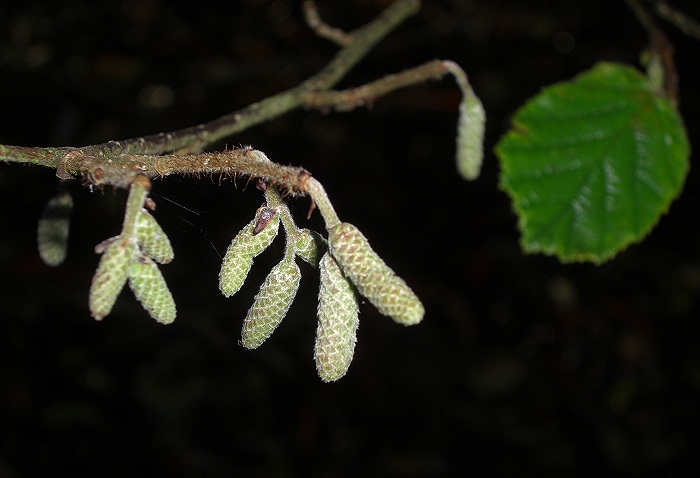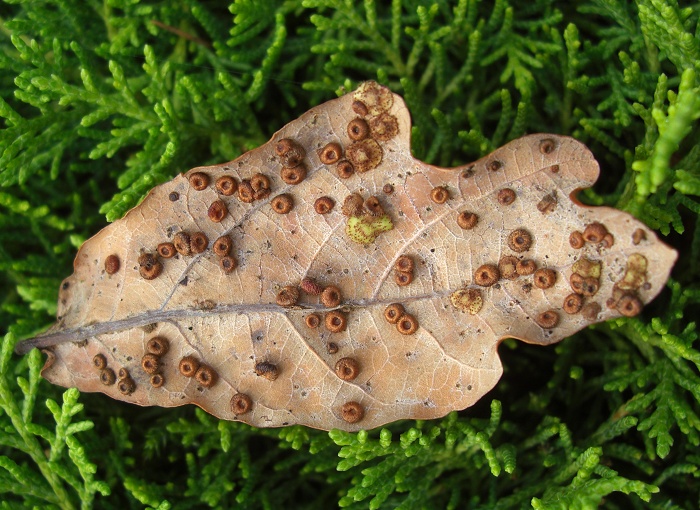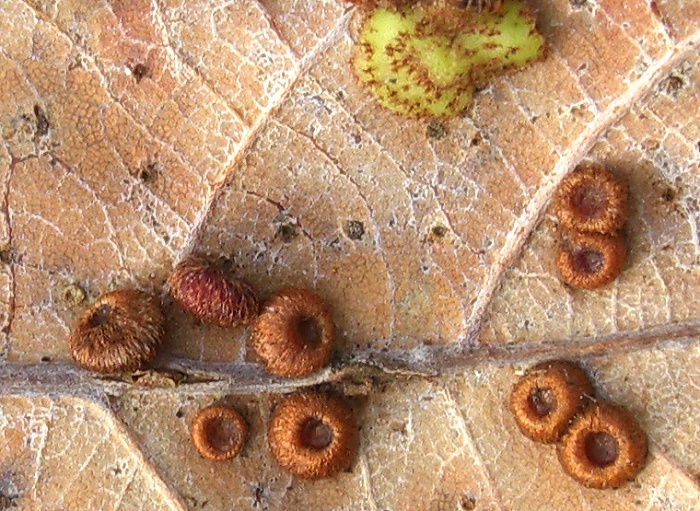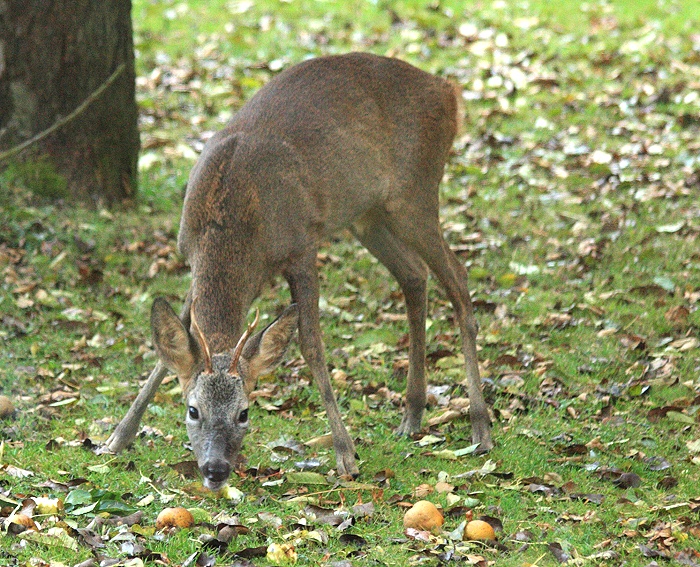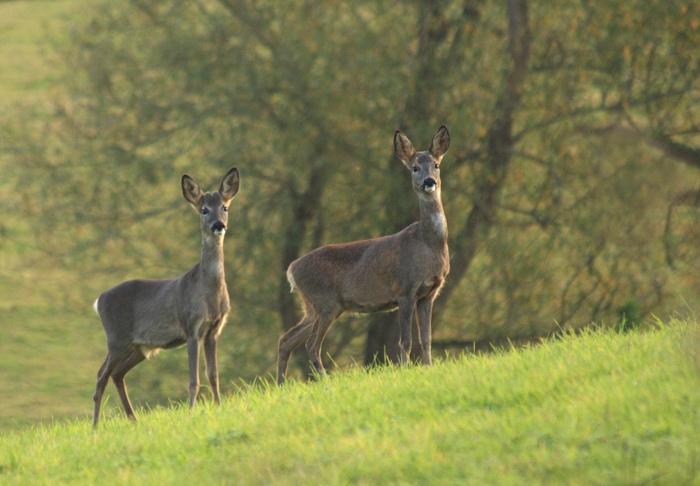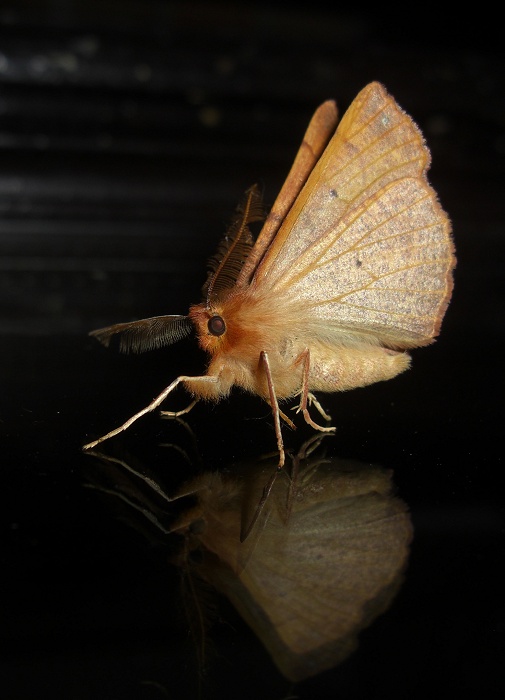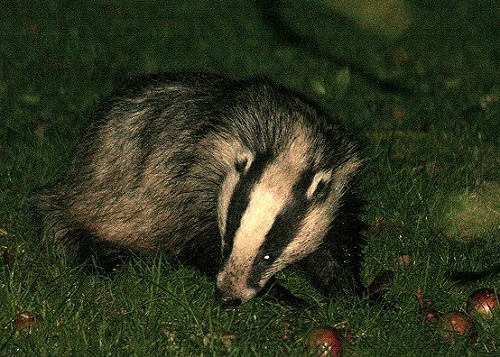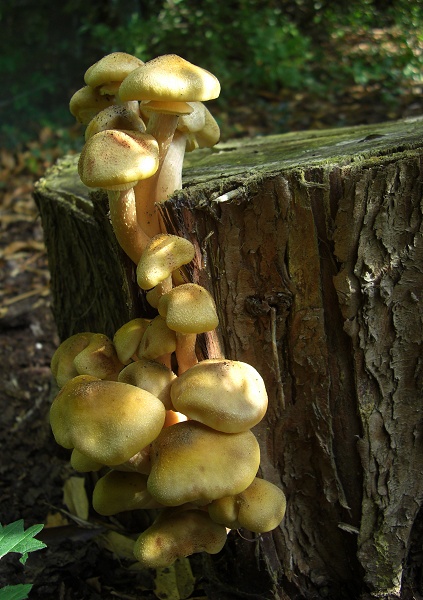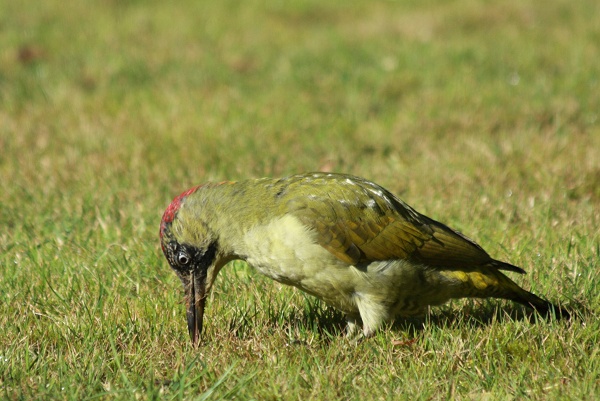
This female green woodpecker (
Picus viridus) was hopping around the lawn for most of the day today, eating ants.
They are very shy and don't often come close enough to the house to get a decent photo through the window.
The beak is very long and it hammers it into the earth to find ants, usually ending up quite muddy in the process.
Unlike other kinds of woodpecker, green woodpeckers spend a lot of time on the ground rather than in trees. Their green plumage merges into the background, but the red head means it can be spotted quite easily.
At the weekend there were dozens of ladybirds flying around. I would guess that they are trying to find a warm and cosy place to hibernate. Last winter, lots of them ended up in the frame of our sliding patio doors.
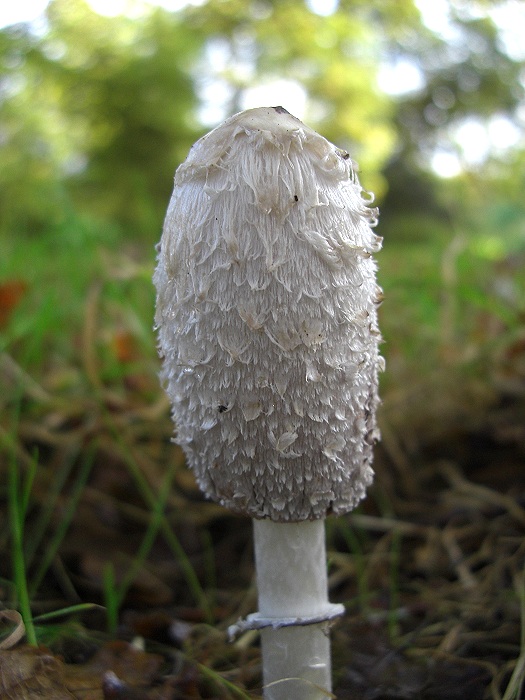 The rain yesterday morning has brought out a huge array of fungi - lots of differents kinds of Inkcaps (Coprinus), Hen of the Woods (Grifola frondosa) and Lepiota of some kind, probably Freckled Dapperling (Lepiota aspera), among others. The first photo is a Shaggy Inkcap which is apparently edible when young.
The rain yesterday morning has brought out a huge array of fungi - lots of differents kinds of Inkcaps (Coprinus), Hen of the Woods (Grifola frondosa) and Lepiota of some kind, probably Freckled Dapperling (Lepiota aspera), among others. The first photo is a Shaggy Inkcap which is apparently edible when young.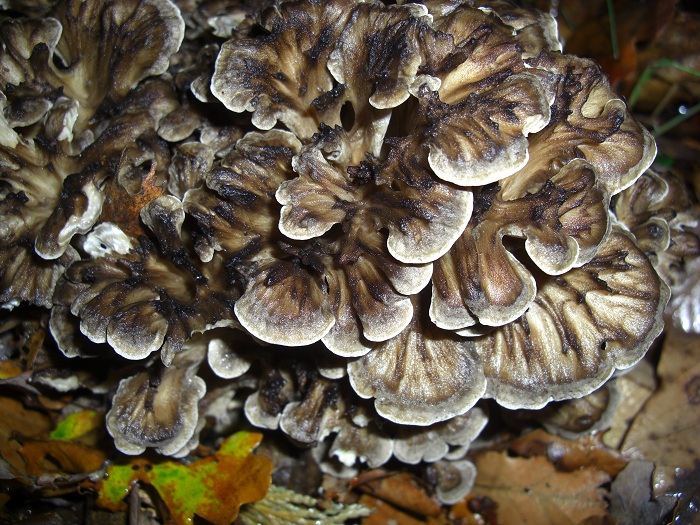 The second photo shows Hen of the Woods which is also apparently edible. However, my fungus identification skills are not good enough to risk eating any of these!
The second photo shows Hen of the Woods which is also apparently edible. However, my fungus identification skills are not good enough to risk eating any of these!

